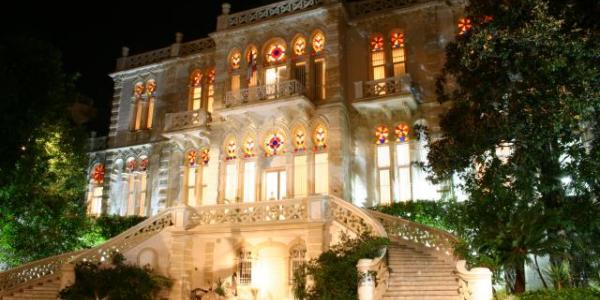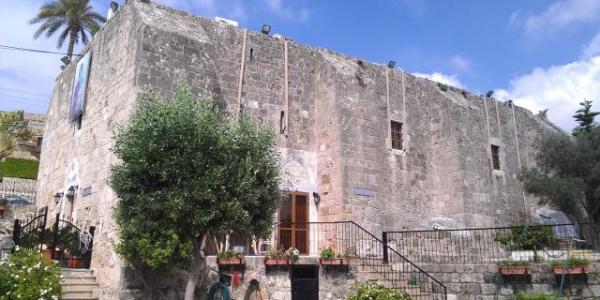Located 58 kilometers east of Beirut, Anjar is the Umayyad city in Lebanon. It was constructed in the first half of the 8th century, along with many palatial cities that the Umayyads erected in various places in Syria, Palestine and Lebanon. The city plan is well preserved and it attests to the clear influence of Roman and Byzantine influence on Islamic city planning.
It was just after Lebanon’s independence (1940s) that experts started investigating the site, then covered by swamps. They drained the swamps, planted cypress and eucalyptus, excavated most of the site and restored some monuments. The Umayyad city of Anjar is approximately 114,000 square meters. It is enclosed by a two-meter thick wall with three stairways built on each interior wall to allow access to the upper part. The walls are fortified by 40 towers and spread across a rectangular area. The site is divided by a north-south and an east-west axis into four equal quadrants, based on earlier Roman planning. It preserves a decumanus and a cardo that meet in the center of the city. A well-preserved throne hall of a basilica is located on the northeastern side of the city.
Anjar was founded by Caliph Walid Ibn 'Abd al-Malak around 705 AD, although according to other sources, the construction of the city is attributed to his son, Ibrahim. Nevertheless, the Umayyads built it and turned it into an important inland commercial center as it linked Damascus, Homs, Baalbek and Tiberiade. It shone for only 20-30 years, after which the Abbasids took over the empire and overran the city. Anjar offers a great example of the architectural mix between the Roman-Byzantine and the Islamic style, as shown by various construction techniques and decorations of their monuments.
The site is divided into 4 equal quadrants by a north-south and an east-west axis, based on earlier Roman planning. The Great Palace and the Mosque are located in the southeast quarter and are on the highest part of the site; the residential area, along with the special service and crafts areas are in the southwest quarter; the Little Palace and another residential area are in the northwest quarter; and a third Palace and public bath are in the northeast quarter. Underneath the city are the sewage collectors.




